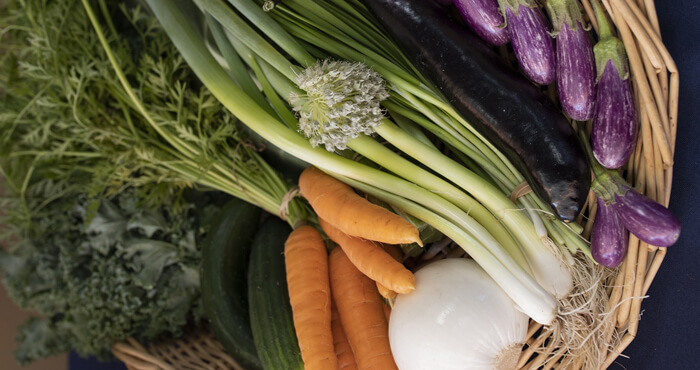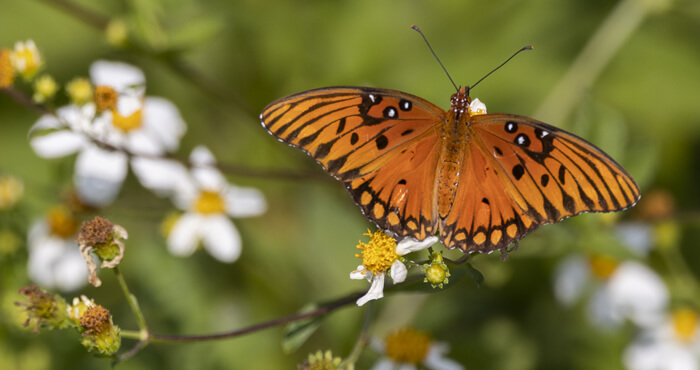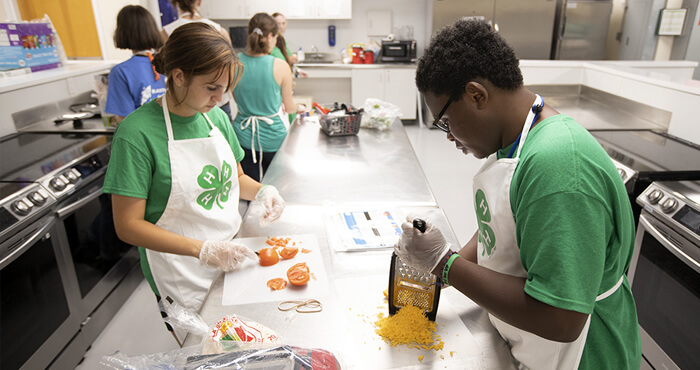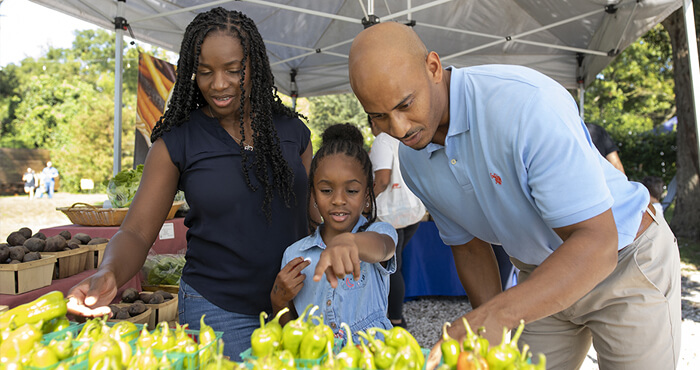
Square-Foot Garden
A square-foot garden is an easily managed, low maintenance type of raised bed that is an alternative to traditional row-gardens. They are perfect for gardeners with little space or for beginning gardeners.
Gardening with raised beds has many advantages, such as the ability to plant in areas with poor drainage. The smaller size of the square-foot gardens also makes garden chores more amenable.
Layout
The layout of a square-foot garden usually consists of at least one four feet by four feet planting box with six to eight inch tall sides. If the square-foot garden is for children, then the beds should be three feet by three feet. Beds larger than four feet wide can be difficult to access from the side for weeding, planting and harvesting. Many different materials are available for constructing the box—cedar boards and synthetic wood are both popular options that are generally available at a local hardware store. If several beds are being used, a three foot aisle between them is recommended.
Soil
A mixture of good quality potting mix and compost, or other organic material, is best for raised beds. Before the mixture of growing media is added, the bottom of the bed should be lined with landscape fabric. Mixture of growing media should be filled to the top of the sides and leveled without compacting.
Square Grids
After the soil is mixed and added, make a square-foot grid on top of the raised bed. This can be done by laying down sticks or strips of wood or by stringing twine across the bed’s frame. The grid should divide the box into one foot by one foot squares for a total of sixteen squares in a four feet by four feet planting box.
The small squares created by the grid are used instead of rows for dividing planting areas. A different flower, vegetable or herb should be planted in each square.
Planting
Plants are placed closer together in raised beds. This intensive gardening increases the vegetable yield per square foot. The closer spacing also enhances weed control since the dense canopy shades out weeds. The idea is to have the plants close enough to just touch but not to compete with one another.
Most of the time there will be room for only one plant in each square, but sometimes there is room for more. Sixteen carrots or onions or four leafy greens like lettuce, spinach, or chard can fit in one square foot.
Specific information on plant selection for climate areas and growing seasons can be found at any county Extension office and in our vegetable gardening guide.
Irrigation
Raised bed garden have increased drainage, so it is important to provide adequate irrigation, especially in the winter. Water in the mornings to prevent quick evaporation and disease, which can occur when you water in the heat of the day or in the evening. Winter-grown vegetables should receive a total of one to two inches of water per week from rainfall and irrigation combined. It may be useful to install a basic rain gauge near the garden.
Square-foot gardens provide a great opportunity to implement a simple irrigation system such as a soaker hose or drip tape, although a hand-held watering can will be fine as well.
Mulching
Mulching the square-foot garden is helpful in retaining soil moisture and suppressing weeds. Add mulch after the seeds have germinated and the plant is three to four inches tall. Organic mulches enrich the soil as the mulch decomposes, improving soil structure and slowly releasing nutrients. Mulch should be maintained at a depth of two to three inches but should not touch the plant stems. As mulch decomposes, it should be replenished.
Harvesting
As soon as a crop is harvested from one square foot, follow these simple steps:
- Add a trowel full of compost to the square.
- Turn the soil over.
- Level out the soil.
- Replant a new crop.
For questions about growing vegetables, garden pests and diseases, and more, contact your local Extension agent.
Full-width photo by Edmund Thralls from UF/IFAS Extension Orange County.
Resources
Other UF/IFAS Sites
- Gardening Solutions
- Entomology and Nematology Department
- Environmental Horticulture Department
- FAWN: Florida Automated Weather Network
- Florida-Friendly Landscaping™ Program
- Florida Master Gardener Program
- IPM Florida
- Pesticide Information Office
UF/IFAS Publications
- Florida-Friendly Landscaping™ Program
- Central Florida Gardening and Landscaping Fact Sheets
- Starting a Garden
State & Federal Agencies
- Florida Department of Agriculture and Consumer Services (FDACS)
- Florida Department of Environmental Protection (FDEP)
- Florida Energy Systems Consortium (FESC)
- U.S. Environmental Protection Agency (EPA)
- USDA Plant Hardiness Zone Map--U.S. National Arboretum
Organizations & Associations
- American Community Gardening Association
- American Horticultural Society
- Florida Native Plant Society
- Florida Nursery, Growers and Landscape Association (FNGLA)
- North American Native Plant Society
Other Sites & Publications
UF/IFAS Mobile Web Apps



.jpg)

.jpg)
